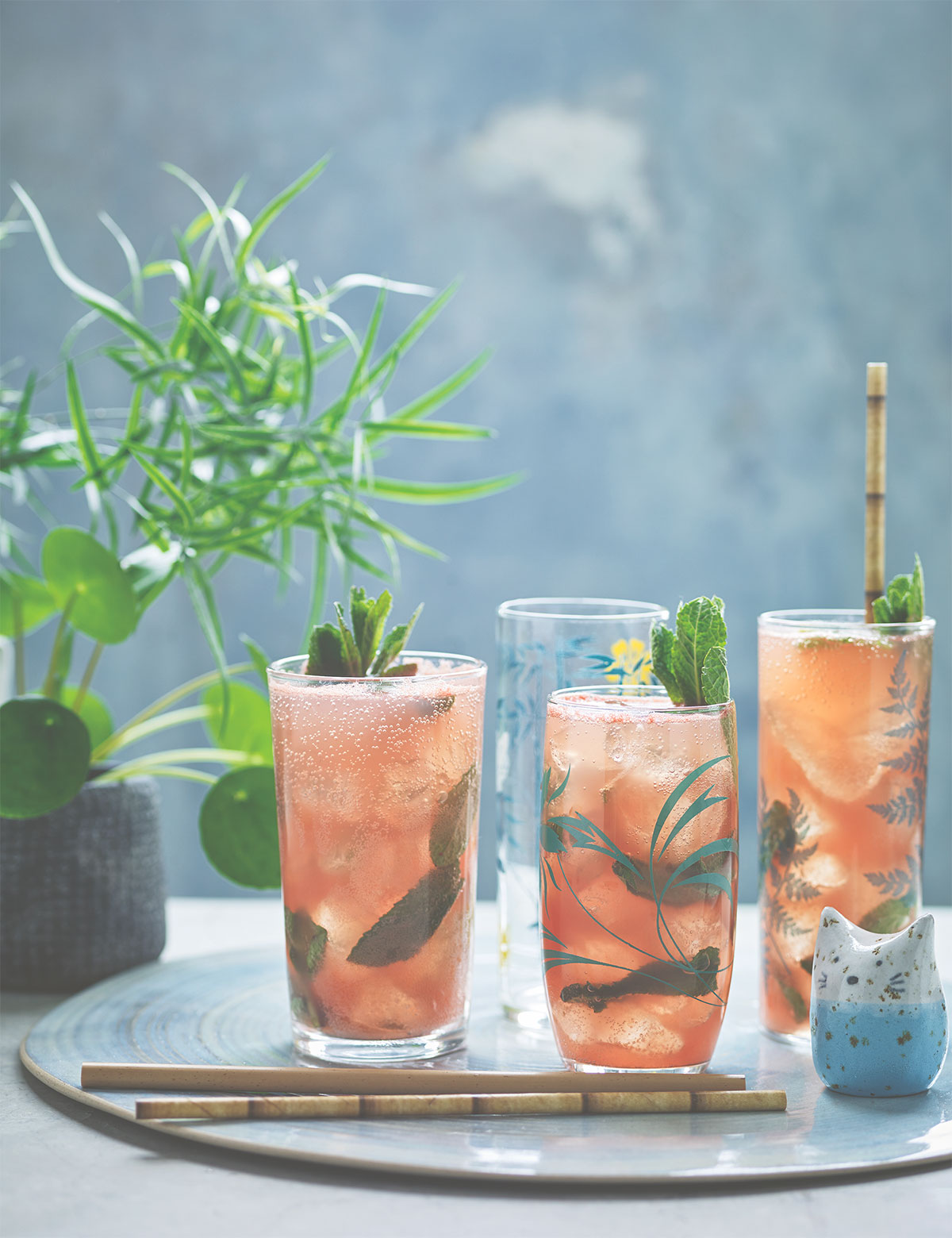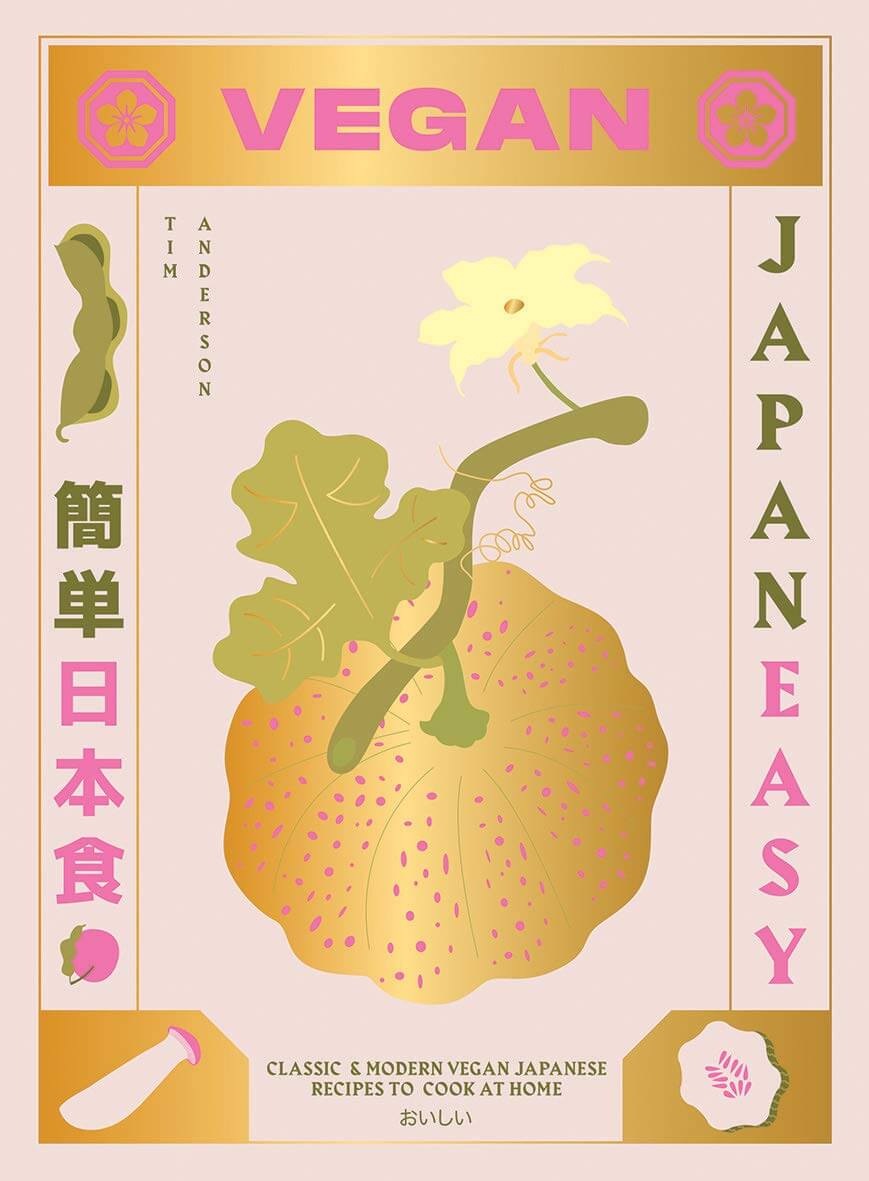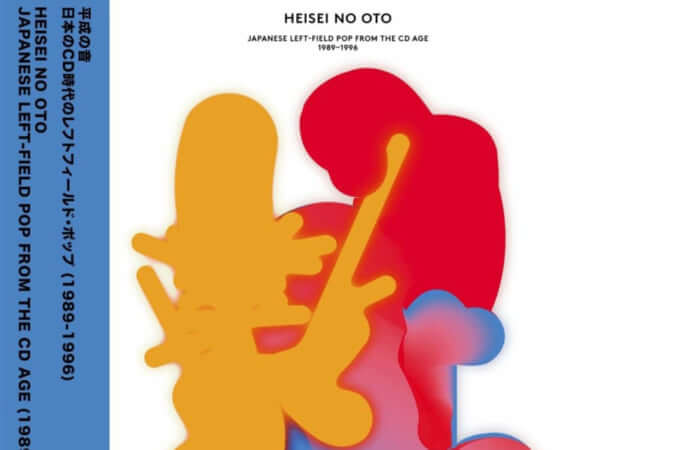Recipe for Watermelon and Sake Mojito by Tim Anderson
Sake marries particularly well with fruit in this refreshing cocktail that reveals the potential of this alcohol made from rice.

© Synchroniques Éditions
For his book Vegan JapanEasy, Tim Anderson has compiled 80 Japanese recipes that contain no products of animal origin. Alongside these recipes created from seven base products that can be easily found in western supermarkets, he shares instructions to make refreshing beverages, both alcoholic and non-alcoholic.
This recipe for a watermelon and sake mojito was devised by Tim Anderson a few years ago during a promotion that ran at his London-based restaurants, Nanban Brixton and Nanban Central. The drink was so popular that the chef decided to include it on the permanent menu for his establishments.
‘Sake loves fruit and I think it is especially nice with watermelon. [This cocktail] is really, really, really, stupidly refreshing. And really easy. And really pink!’ Tim Anderson declares in the text accompanying his recipe.
Serves one
Ingredients
½ lime cut into little wedges, plus a slice to garnish
3-4 cubes watermelon (seedless or deseeded)
1 tsp demerara sugar
10-12 mint leaves, plus an extra sprig to garnish
½ shot or 1 tbsp white rum
2 shots or 3 tbsp sake (use a fruity sake if you can)
Sparkling water, to top up
Ice (ideally crushed), to serve
Method
Muddle the lime, watermelon, sugar, and mint together in the bottom of a highball glass until the watermelon is completely liquefied and the sugar is dissolved.
Add the rum, sake, a splash of sparkling water, and a handful of ice.
Stir well and top with another splash of sparkling water.
Garnish with a slice of lime and a sprig of mint and serve with a straw.
Vegan Japaneasy (2020), a recipe book by Tim Anderson, is published by Hardie Grant.
Tim Anderson is an American chef who won the 2011 series of MasterChef UK. Having graduated in 2006 from Occidental College in Los Angeles, where he studied the history of Japanese cuisine, he then lived in Japan for two years, in Fukuoka. He now lives in London, where he runs two Japanese restaurants: Nanban Brixton and Nanban Central. Vegan JapanEasy is his latest book, following Nanban, JapanEasy, and Tokyo Stories.

© Hardie Grant
TRENDING
-
The Tattoos that Marked the Criminals of the Edo Period
Traditional tattoos were strong signifiers; murderers had head tattoos, while theft might result in an arm tattoo.

-
The Story of Sada Yacco, the Geisha who Bewitched Europe
Described by Dazed magazine as the first beauty influencer, she has been restored to her former glory since 2019.

-
Chiharu Shiota, Red Threads of the Soul
Last year, more than 660,000 people visited the retrospective 'Chiharu Shiota: The Soul Trembles' exhibit at the Mori Art Museum.

-
Japanese Left-field Pop From The CD Age, 1989-1996
‘Heisei No Oto’, a compilation of hidden gems in the unspoken depths of Japanese pop, reveal blissful moment of technological possibility.

-
‘Shojo Tsubaki’, A Freakshow
Underground manga artist Suehiro Maruo’s infamous masterpiece canonised a historical fascination towards the erotic-grotesque genre.





